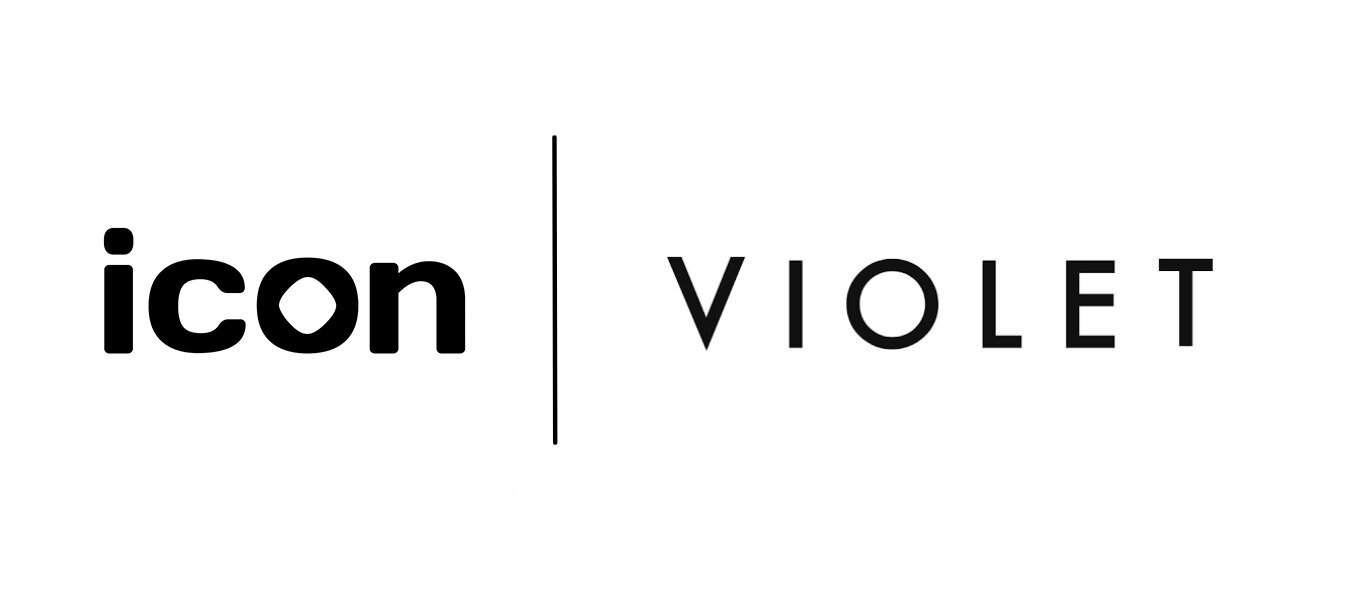Violet is the universal API ushering in a new era of distributed commerce. Violet prides itself in enabling any channel to launch a fully integrated checkout, so no more painful integrations. The team recently closed a $10M Series A led by Klarna and notable commerce investors.
We sat down with Violet CEO Brandon Schulz to dive into the behind-the-scenes efforts that go into connecting every corner of the digital marketplace. We cover a range of topics, including:
- Identifying and targeting unique segments of the Violet audience
- How the team closed on a $10 million funding round within 90 days
- The industry shifts they’re most excited to witness and participate in
“We solve the expensive headache of building out individualized integrations for every eCom platform. Basically, we do the work so your company won’t have to.”
Building and connecting your audience segments
In Brandon’s words, Violet can be summarized as an API that simplifies numerous eCom platform integrations into a singular set of endpoints.
Specifically, Violet’s API makes it possible to purchase any good or service online natively from any online channel, as if you were purchasing directly from the merchant’s store. They do this by using a single API to integrate a merchant’s backend with any online frontend experience, syncing accurate inventory, pricing, tax, and shipping info.
As such, it solves the common roadblock of building a custom integration every time you. It’s an issue most of today’s innovative eCom companies encounter, but either doesn’t have the dollars or the time to solve.
This pain also never goes away as you scale, in fact growing more cumbersome as the company adds more tools and complexity.
However, the Violet sales model also expands beyond brands or companies in the ecosystem to serve three primary audiences: channels, developers, and merchants.
1. The Channels
The Violet team defines a channel as any place where a shopper can purchase a product that is not an individual merchant’s or company’s website, i.e. your Instagram Shopping tab.
Violet thus enables digital commerce for channels by connecting them to merchants, while relieving them of tasks like carrying inventory or executing fulfillment.
Put simply, Violet allows for any shopping experience to function like your high-performing eCom website, but without the actual meticulous challenges of eCom. Diving deeper, the company is based around the idea that any online channel that has a captive audience can start to monetize by offering that audience goods that are relevant to them, without redirecting them to click out to merchant sites.
2. The Developers
There are always engineering resources and degrees of familiarity on the other side of any channel, and in the past, it has been an exhausting exchange to agree upon a joint roadmap and working style.
Any founder will tell you that engineering efforts and resources are invaluable in the early days, so Violet gets your team back to building new functionality in other high-impact areas.
3. The Merchants
Merchants, whether it be work-from-home artists to large-scale enterprises, are going to sell their products across different sites and apps.
Violet enables merchants to connect with a consistently growing set of sales channels, through which they can easily acquire new customers from across the Internet.
“Some startups are still handling orders manually: spinning up webpages, typing in credit card numbers, etc. And that all goes away when they use Violet. Seeing that impact on their operations and customer experience is so exciting for us.”
Orchestrating a $10 Million fundraise
In October, Violet raised a Series A round of $10 million which was led by Klarna, the eCom giant and Swedish fintech company best known for their post-purchase payments software.
They closed on the round within 90 days, a feat Brandon attributes to ideal market timing, having a slate of primed investors, and the capabilities of the Violet team that were crucial to executing a product of such breadth and scope.
Another important factor that allowed for the round to fall into place is the pure size of the opportunity. As Brandon tells it, had the financing not been so significant, the Violet team likely would have hesitated on raising a Series A round so soon.
As a result, the Violet team emerged from fundraising with $10 million under their belt to continue building for a deeply integrated digital marketplace, in addition to the potential of tapping into Klarna’s hundreds of thousands of deep merchant relationships.
“Klarna’s seal of approval helped cement our faith in Violet’s trajectory. After all, we knew the tech was ready – the question was if the market was ready for us.”
The Violet Roadmap: Technical growth and universal checkout
When asked what they’re most excited about on the horizon for Violet, Brandon and Tyler highlighted a couple of target areas.
Phase One: Unblocking technical growth for early-stage startups
A notable percentage of Violet users are early-stage startups who are beginning to see financial strides and product-market fit, yet are held back by less fine-tuned technical stacks.
Often in young companies, this manifests in something Violet calls "manual re-ordering,” in which an online channel processes every step of their merchants’ orders manually. This can create immense bottlenecks and roadblocks to scale.
When companies like this migrate to Violate, they get a new infrastructure that unblocks that center of cost and frees up the pipeline for unprecedented operational efficiency and degrees of scale — which both Violet team members describe as their favorite part of implementing the product.
Phase Two: Introducing a unified checkout that delivers
As Brandon tells it, a number of universal commerce API tools are floating around the ecosystem, to the point where the term itself seems to have lost its original value.
But while these tend to focus on static data, i.e. product data or product feeds, the Violet team has been laser-focused on offering an unmatched technical win: enabling and mastering full native checkout functionality through an API.
The potential impact here is huge. Typically, the order of operations that must occur for a successful purchase has typically been too multi-layered for one channel or merchant to build their own integrations.
Building those integrations requires solving a number of challenges, including:
- How do you make sure your cart is synced with the merchant’s site without scraping or manual processes?
- How do you calculate appropriate shipping and tax rates?
- How do you update inventory and fulfillment centers respectively?
- How do you handle returns and exchanges?
As such, the Violet team’s success in rebuilding this native experience for non-native channels will only serve as a jumping point for continued expansions and improvements for channels and shoppers alike. As the industry and its shoppers continue to evolve past old eCommerce ways, it looks to be perfect timing for the Violet solution.









